They came before dawn. How they came was impossible to imagine. An entire reinforced Marine company, dug into low scrub with marginal cover, waited for them just where they hit. The company used the Starlight scope. The base of fire predicted to be launched from Hill 110 itself, beyond the marshy land on the right flank, was never proven to have occurred. But it didn’t matter much because the firing outward from the Marine perimeter was so overwhelming that nothing could be heard or seen anyway.
I was not terrified. Not in the beginning. I was analytical. Stevens and Nguyen ran back and forth from and to the nearby perimeter giving short verbal reports after each trip. Fusner wanted to know why I didn’t move close to the perimeter to be able to direct fire by sight, but I ignored him. Directing fire was extremely difficult when you were dead, but I didn’t say that. If someone had put a gun to my head I still wouldn’t have gone into that maelstrom of flashes, painful explosions and obvious physical carnage. The Gunny had been right. I wasn’t running but I wasn’t exactly functional communication-wise either.

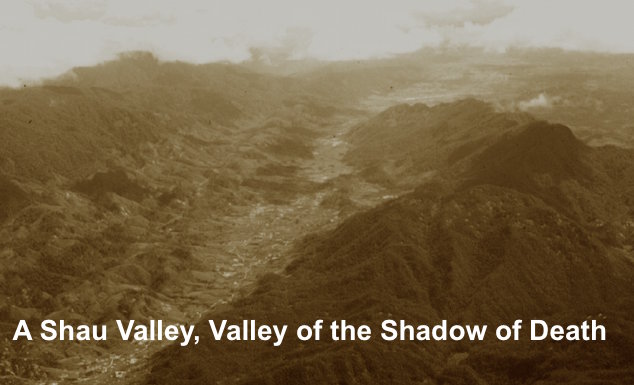




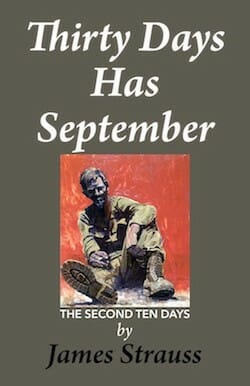

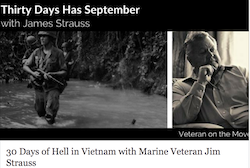
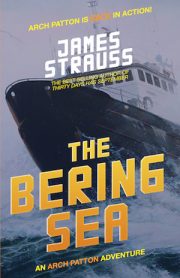

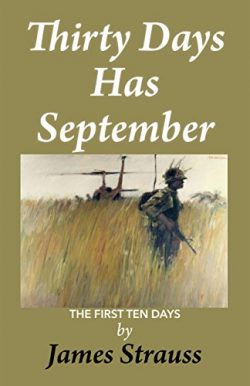
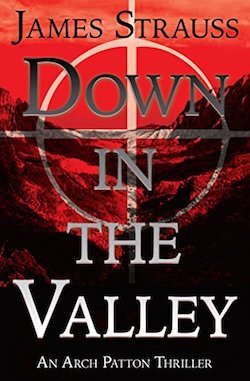

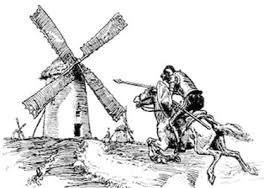

Jim, I find it kinda therapeutic to read your stories.
I returned in March of 1970 after a full year with HHC 3/1 1Mar Div. As one of 5 commo repairman in a unit that only rated one, I was given several chances to get out with the line companies when temp help was needed as RTO.
To be truthful, no one had ever asked me what I had to do in Nam. Not even my Dad who was a WWII Navy vet. Even my wife of 46 years has never asked of any tails of my service.
It’s good to be able to actually see and read stories of another grunt that is able to share his stories. Maybe someday I will start writing down some of my tall tails.
Thanks for sharing and Semper Fi fellow Marine.
John: The problem is that guys coming back from there who were really in combat cannot simply tell what happened.
The stories, like yours, the real ones, are simply not believable because they run into such opposition
from existing mythology driven by television, movies and guys coming back who didn’t see real combat but
love to tell heroic stories about it. Most stories are like yours, the real ones, where the guys out there
in the mud and shit didn’t feel heroic at all and were just fighting to stay alive and finish a short timers
calendar. Semper fi, my friend. I, and others like me understand and want to listen…
Jim
I have read with great interest.Thanks for sharing. My hat is off to you Sir !
Thank you Steve. It is so nice to get comments like yours. It’s so risky to
tell this kind of a story because there’s too much unbelievable truth in it, and
most of it is not that ‘heroic’ kind of truth. I wondered when I started if anyone
would care at all…
Thanks again,
Semper fi,
Jim
Do you still have The Bracelet, James?……..Just wondering..
Wear it every day, Kay. Elephant Hair is kind of tough stuff. Nobody really
knows what it is, for the most part. But then nobody really knows what lurks behind
my rather innocent expression, either. Nguyen went on to have three kids, repatriate
to live in San Clemente, CA not far from me at the time. His daughter became best friends with
my daughter. Her nickname was Hamburger, she loved them so much. Life is so unpredictable….and strange.
Jim
You have ability to take the reader with you as you tell of your war experience . You have a rare talent and I appreciate your writing skill .
Thank you Fred. just trying to tell about the feel of it as well as the
analytical stuff. Thanks for the support.
Semper fi,
Jim
I was laughing out loud at rembering getting my ass chewed several times by the people at saigon suport command for using profanity on a military radio net. The first time it happened I was for a lack of words I simply coukd not believe there were peoole a 100 miles away listening in that coukd possibky give a shit about me cursing on a radio.
A few days later after a 40 lb tank mine blew away another companys 3/4 in fro t of me and I calked back to the fsb for a dust off. The CO (a major) took the mike away and called back and asked if our incident really warranted the use of a medivac and asked if we coukdnt evacuate our people by a trac vehicke. Friends of the criticial wounded were standing beside me and I went ballistic using every 4 letter I hadin my vocabukary , I informed him of the condition of the men and that I wanted a GD dustoff abd I wanted the MF now . Ifully expected an articke15 but I naver heard a word from the radio police or from the Major. The major showed up about an hr after we had medi vacd the wounded with his driver in his jeep. One of the buddies of the wounded
jumoed into my 3/4 and swung our 60 toward his jeep. The majors driver
saw what was about to happen and slammed on the brakes got reverse gear and left in reverse in a cloud of red laterite dust.
How could I have forgotten the term “distoff?’ Good God, yes! Thank you Lucky. Later, in the
CIA a distaff came to mean a low level flyby of a supersonic jet to let those around you know you
had that kind of power. But not in the Nam. Thanks for your heartfelt comments and your own experience.
It was astounding to get hauled in on the carpet for foul language when men were dying around me.
Semper fi,
Jim
Very well written. You could seethe artillary and what you were going through.
Thanks for commenting Robert. Yes, I can still see and here that stuff today. I don’t flinch at loud sounds or any of that but
sometimes late at night I look out there and kind of make believe what that night fighting was really like. Artillery in the day
is so much easier and more ‘antiseptic’ if you get the meaning. And it was even fun in Oklahoma in training. Cool stuff. You don’t think about
killing people or the maiming that seems worse….
SEMPER fi,
Jim
That’s supposed to be kon Tum not Kentucky.
Got it, my friend,
Jim
Bong Song, Happy Valley nice places to hang out. I was in Kentucky end of 64 then a lot a of places even Loas covering LLRP extractions. Saw Chinese regular Army once. Really enjoying your story. I never told anyone but my Dad about it.
Daniel, you are a class act anyway so I don’t need to say that again. Yes, I got the Kontum without you having to spell it out. At first I was trying to think of an operation called Kentucky, because some of those operations were named some pretty strange things. I heard about a few Chinese and Russians too but never saw any myself. Thanks for the comments and ‘coming out’ on here. Telling people about real combat, even family, can be a very painful waste of time. Remember, what you went through, like I am laying out here, is mostly not believable by people who didn’t go or weren’t really in the shit.
Semper fi,
Jim